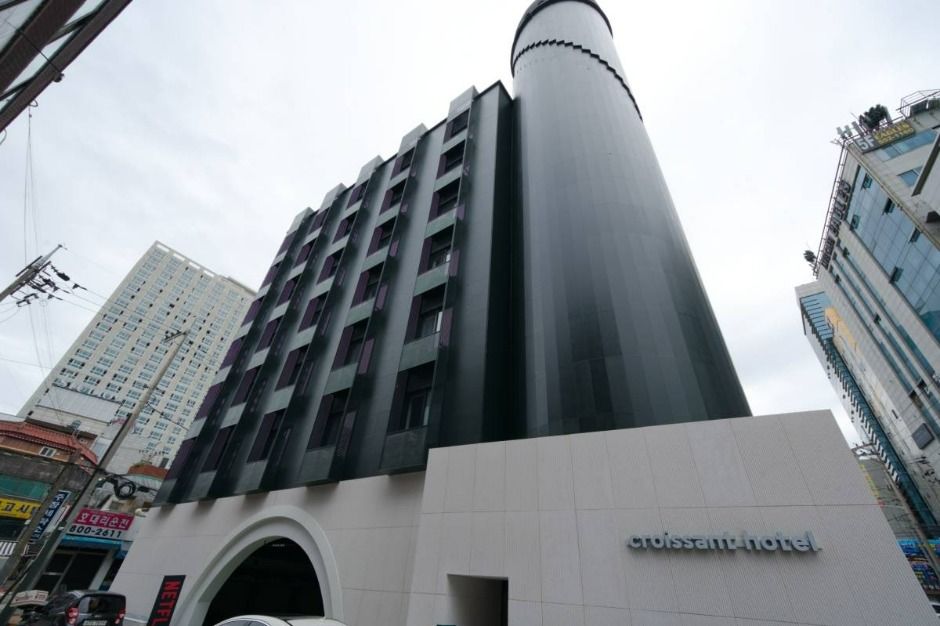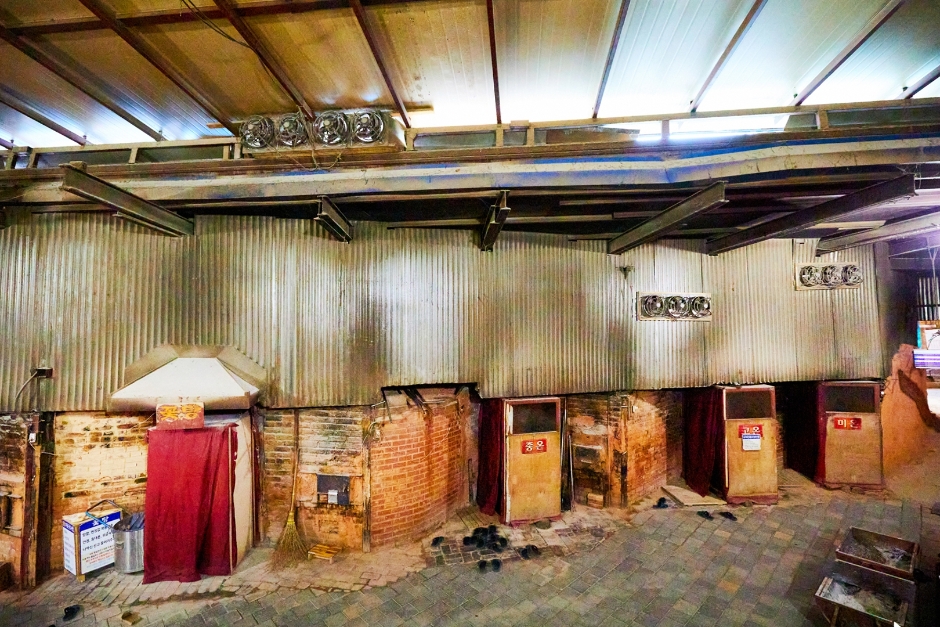Hyundai Department Store - Sinchon Branch [Tax Refund Shop] (현대백화점 신촌점)
12.1Km 2024-04-23
83, Sinchon-ro, Seodaemun-gu, Seoul
-
Severance Hospital (연세대학교 의과대학 세브란스병원)
12.1Km 2025-10-23
50-1 Yonsei-ro, Seodaemun-gu, Seoul
THE FIRST & THE BEST
As the first Western-style hospital in Korea, and with over 140 years of history, Severance Hospital (Gwanghyewon) has been leading the medical industry in Korea since its foundation in 1885.
Dedicated to improving the quality of medical services through specialization, Severance Hospital has the distinction of being the first hospital in Korea to operate six specialized hospitals: the Dental Hospital, Cancer Center, Rehabilitation Hospital, Cardiovascular Hospital, Children's Hospital, and Eye Hospital.
In 2023, Severance Hospital achieved a world first by performing 40,000 robotic surgeries and introduced a new paradigm in cancer treatment by bringing Carbon Ion Therapy to Korea for the first time.
As a global leader in advanced medical technology and patient-centered services, Severance Hospital was the first medical institution in Korea to receive JCI (Joint Commission International) accreditation and has ranked first in the medical service sector of the NCSI (National Customer Satisfaction Index) for 14 consecutive years.
Miigwech - Sinchon Branch [Tax Refund Shop] (미그웨치 신촌)
12.1Km 2024-04-22
1F, 21, Yonsei-ro, Seodaemun-gu, Seoul
-
The Hyoosik Croissant Hotel Guri (더휴식 크로와상호텔 구리점)
12.1Km 2025-04-08
148 Cheyukgwan-ro, Guri-si, Gyeonggi-do
The Hyoosik Croissant Hotel Guri offers a variety of theme-based room types for both leisure and relaxation, such as a standard music room with blutooth speakers, a deluxe home-training room with yoga equipment, a deluxe couple room with high-end gaming PC, a deluxe healing room with a lounge chair, a twin bedroom, a game suite room with Playstation 4 Pro, a movie suite room with a beam projector, a sing suite room with noraebang equipment and soundproof walls, and a party suite room with a kitchenette. The hotel also has a parking lot, guest lounge, rooftop area, and coin laundry.
Chuncheonjip Dakgalbi Makguksu (춘천집닭갈비막국수)
12.1Km 2024-03-20
1, Yonsei-ro 5ga-gil, Seodaemun-gu, Seoul
+82-2-325-2361
Located near Shinchon station, Chuncheonjip Dakgalbi Makguksu’s most popular dish is Dakgalbi, which is prepared by marinating boneless chicken in spicy red pepper paste and stir-frying it with various ingredients in a large cast iron pan. Patrons have the option to ppyeo eomneun dakgalbi (spicy stir-fried boneless chicken), cheese dakgalbi (spicy stir-fried chicken and cheese), and maeundakgalbi (spicy stir-fried chicken) as preferred. For an extra tasty treat, one can add an assortment of noodles and vegetables to the chicken as it cooks. After fhinishing the chicken, ordering rice to stir-fry in the pan to soak up the extra flavorful sauce is a must-try.
Supsok Hanbang Land (숲속한방랜드)
12.1Km 2024-03-18
75-7 Bongwonsa-gil, Seodaemun-gu, Seoul
Jjimjjilbang, a Korean-style sauna that combines a traditional bathhouse with a hot steam room, is often ranked high among the unique experiences in Korea chosen by foreigners. Taking a steam bath in a charcoal kiln discharges waste products from the skin through sweat and eliminates accumulated fatigue. Supsok Hanbang Land has several charcoal kilns for different temperatures. Using them in order from low to high-temperature rooms is good, but the highest-temperature room, “Kkottang,” has a risk of causing skinburn, so visitors are advised to wear socks and cotton gloves to enter the room. Another unique experience is to grill sweet potatoes or rice cakes on the brazier in front of the charcoal kiln.
![Buru N Judy [Tax Refund Shop] (부루&주디)](http://tong.visitkorea.or.kr/cms/resource/71/2890871_image2_1.jpg)
![Hyundai Department Store - Sinchon Branch [Tax Refund Shop] (현대백화점 신촌점)](http://tong.visitkorea.or.kr/cms/resource/72/2890072_image2_1.jpg)
![Wonder Place [Tax Refund Shop] (원더플레이스)](http://tong.visitkorea.or.kr/cms/resource/81/3314681_image2_1.jpg)
![Tandy [Tax Refund Shop] (탠디)](http://tong.visitkorea.or.kr/cms/resource/18/3314418_image2_1.jpg)
![Ziozia [Tax Refund Shop] (지오지아)](http://tong.visitkorea.or.kr/cms/resource/59/3313259_image2_1.jpg)

![Miigwech - Sinchon Branch [Tax Refund Shop] (미그웨치 신촌)](http://tong.visitkorea.or.kr/cms/resource/92/2875492_image2_1.jpg)


 English
English
 한국어
한국어 日本語
日本語 中文(简体)
中文(简体) Deutsch
Deutsch Français
Français Español
Español Русский
Русский